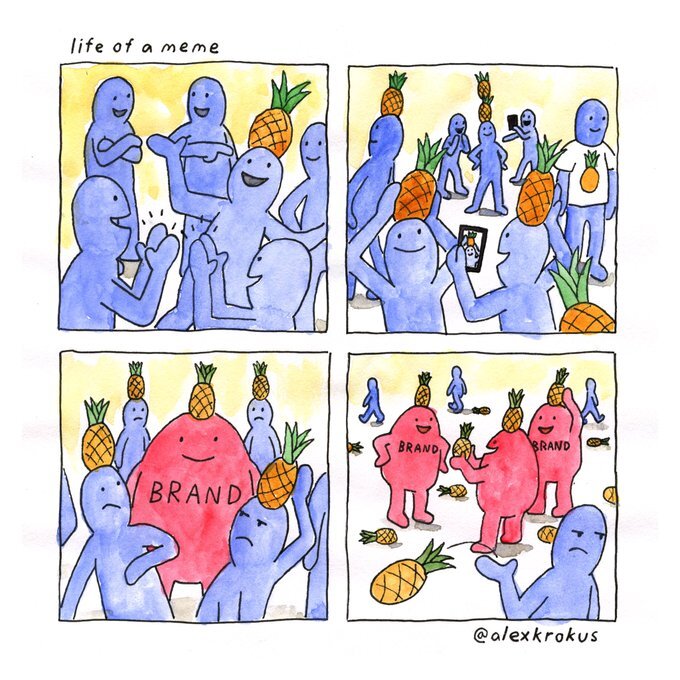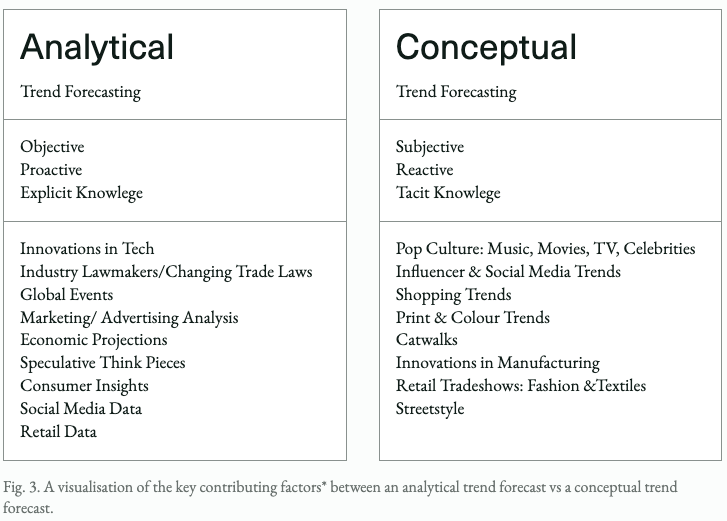Distinction #3 – For You or Your Audience?
I mean, really, it should all be about the audience. But if we’re honest, we’ve all, at times, pushed certain ideas purely because we really want to do them.
But the question should always be asked: How does this relate to my audience and what they want?
The best example I can give relates to a certain behemoth of global football and one of the club sponsors. As the sponsorship activation agency of record, it was our job to help our client get the most out of their sponsorship rights. The year was 2016. VR was a trending technology, and the client requested we use it in their biggest, fan-facing campaign of the year. I won’t go into detail, but there were many, many concerns in doing this, ranging from budgetary (lean), to logistical (nightmare), to footballer’s on-screen talent (absent). We advised against it.
But our client stood firm, like a referee waving away protestations after awarding a penalty.
We produced a piece of 360-degree film content featuring players unboxing the club’s new kit and having a kick-around with each other. We used the entire allocation of filming days and access to club talent for that year.
I will admit the end result was surprisingly good. As I slid the VR goggles down over my eyes, it actually felt like, for a brief moment, the club captain himself was handing me the new kit and passing me the ball as we hung out in the Theatre of Dreams together.
But the real kicker was when we shipped the VR headsets and brand new kits to lucky competition winners the world over and witnessed their reactions as they went through the experience themselves. Pure joy. For them, it really was the theater of their dreams coming true.
The pay-off to this complicated idea fuelled by a ‘trend’ was worth it. Tenfold. Looking back now, I think the client stood firm because she knew how much it would mean to a global audience who could only dream of getting this type of ‘access’ to club legends delivered to their doors.


